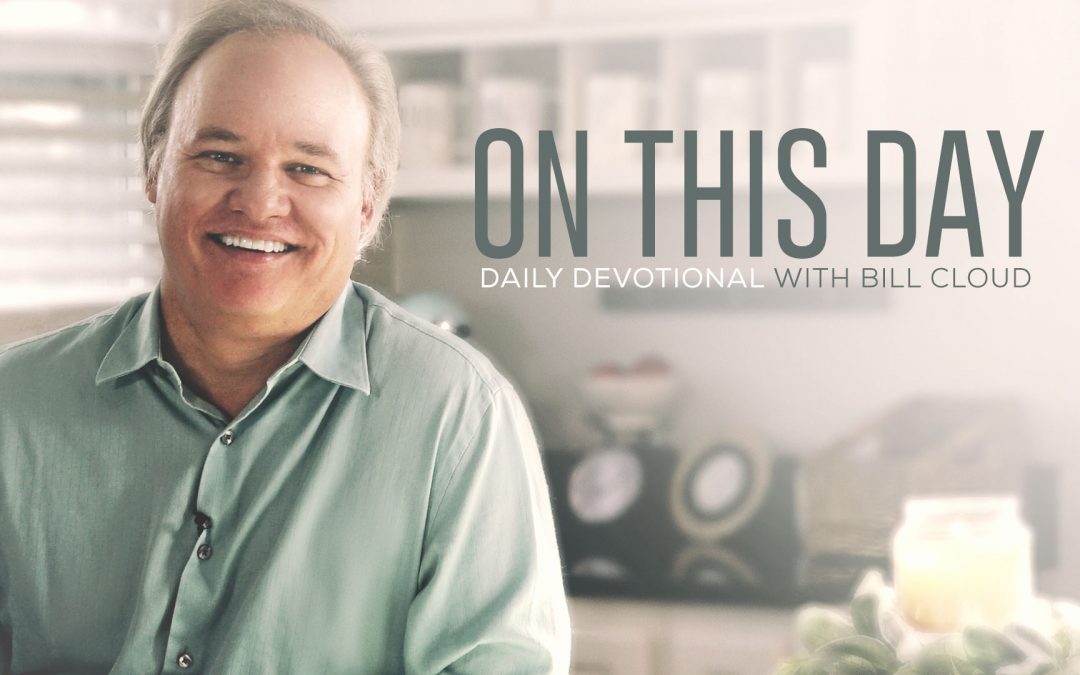Today, the 28th day of Elul, marks the commemoration of the fourth day of creation. According to Scripture, here’s what happened on the fourth day:
Then God said, “Let there be lights in the firmament of the heavens to divide the day from the night; and let them be for signs and seasons, and for days and years; and let them be for lights in the firmament of the heavens to give light on the earth” and it was so. (Genesis 1:14-15)
On the fourth day of creation, God established the luminaries in the heavens — the sun, the moon and the stars — that the inhabitants of the earth might have light, whether it’s day or whether it’s night, that we would be able to calculate time, and identify the proper times for the appointed feasts and the Sabbaths.
The text goes on to say that God made two great lights, one to govern the day — the sun — and one to govern the night, which is the moon. The sun is the greater of these two lights because it makes it possible for so many things on the earth to function properly. It provides light and warmth which allows for things to grow. The lesser light, the moon, also serves a purpose and, according to the Scripture, it is to govern the night — it is to provide light in the darkness. This is interesting because, unlike the sun or the stars, the moon is a heavenly body incapable of generating its own light. The moon produces light by reflecting the light of the sun onto our darkened planet.
This interaction between the sun, moon and the earth establishes a pattern that is pertinent for the followers of the Messiah. The greater light — the sun — alludes to the Messiah, the Son, who is the Light of the World. The moon, alludes to His people because we are not capable of generating our own light, even though we are called the “light of the world.” Yet, we provide this light to the world when we reflect the light of the Son. If we are going to function in this purpose, we must set our face toward the Son. Our face must be turned toward His face if we are going to be the light that shines in darkness.
Even though its difficult to see in broad daylight, if you look for it, you can see the moon — its up there. The reason its so difficult to spot in the day is because the light of the sun overpowers it, to the point that most people don’t even notice it. But as soon as the sun starts to set and it begins to grow dark, everyone takes notice of it. In fact, it is the darkness that accentuates the light being reflected off the face of the moon.
If the moon, indeed, represents you and me, it demonstrates what our purpose is in the world; we are here to be a light in the midst of darkness. And so, as the world grows spiritually darker, we need to turn our face toward Him that His light might be seen upon us for the sake of those in darkness. We are at the end of the days of Elul and about to observeYom Teruah, the Feast of Trumpets and the Day of Judgment. Knowing that the themes associated with this day are prophetic, it should awaken us to just how important it is that we turn to our Father with all of our hearts. We do this, not just for our sake, but for the sake of those who dwell in darkness.
Shalom.


Recent Comments